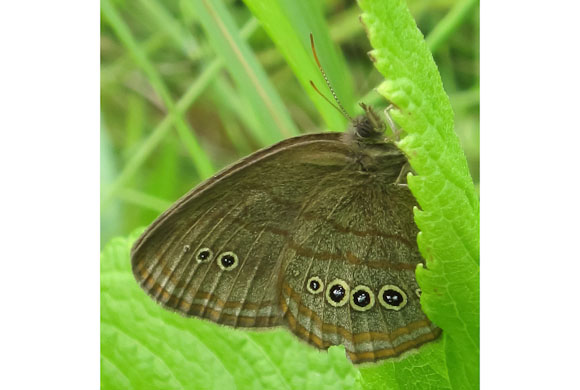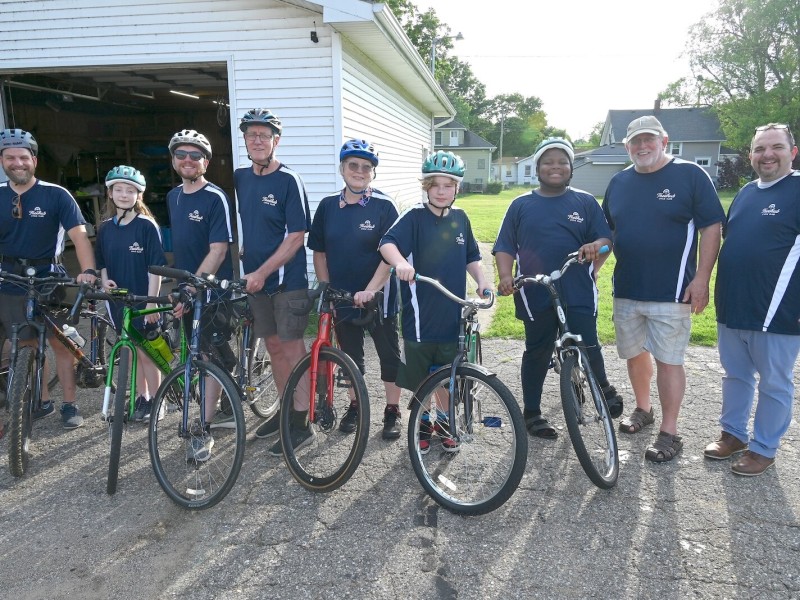Prairie fens to be purchased to help save butterfly and rattlesnake
As the canary warned coal miners that poisonous gas was reaching dangerous levels, the Mitchell’s satyr butterfly warns about the quality of drinking water today.
Now, the Mitchell’s satyr butterfly is on the brink of extinction, but measures are being taken to bring it back with a $180,000 matching grant to purchase critical habitat.
SWMLC, in partnership with the Michigan Department of Natural Resources, will buy three parcels of land at two sites- the Coldwater Fen Complex in Branch County and the Spring Brook Fen Complex in Kalamazoo County–together totalling 60 acres that have suitable fen habitat for the Mitchell’s satyr butterfly.
The Coldwater Fen Complex is home to the world’s second largest population of Mitchell’s satyr butterflies. SWMLC will also purchase a parcel within the Spring Brook Fen Complex, which historically supported Mitchell’s satyr butterflies and currently supports Eastern Massasauga rattlesnakes.
The habitats the endangered Mitchell’s satyr and the threatened Eastern Massasauga rattlesnake thrive in–prairie fens–are at risk. A prairie fen is an alkaline, spring-fed wetland. This unusual type of wetland is fast disappearing.
There are less than 15 Mitchell’s satyr sites left in the world, and Michigan is the only state left were Massasaugas are regularly found, since they’ve been almost eradicated from the Midwest.
Prairie fens host one of the greatest variety of plants and animals of any habitat, so protecting them is critical for species beyond the Mitchell’s satyr and the Eastern Massasauga rattlesnake.
“These habitats have a disproportionate amount of plant and animal diversity for their size,” says Nate Fuller, SWMLC conservation and stewardship director. “For every Mitchell’s satyr, I’ll see 30 Baltimore checkerspots and dozens of other butterflies. I’m finding rare turtles, salamanders, warblers, thrushes, orchids, wildflowers, and all sorts of extraordinary things.”
SWMLC and the MDNR are members of the Mitchell’s Satyr Working Group, which has created a recovery plan to save Mitchell’s satyrs from extinction.
The goal of the recovery plan is to build populations to a level where the satyrs can eventually be removed from the endangered species list. But simply saving the places where they exist isn’t enough, SWMLC officials say.
“We need to find new places for them to live,” says Fuller. “This matching grant will enable SWMLC to triple the size of our current preserve by buying contiguous satyr habitat, allowing us to manage the second largest population in the world. We are working with partners in the hope that this site can act as a source population for future introductions to new sites.”
Fuller says, “Reintroduction efforts are just beginning, and we have a lot to learn. But I’m more optimistic about the Mitchell’s satyr recovery than I’ve been in a long time.”
Source: Southwest Michigan Land Conservancy















